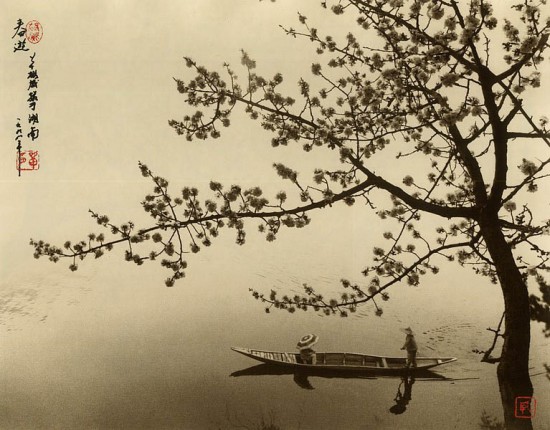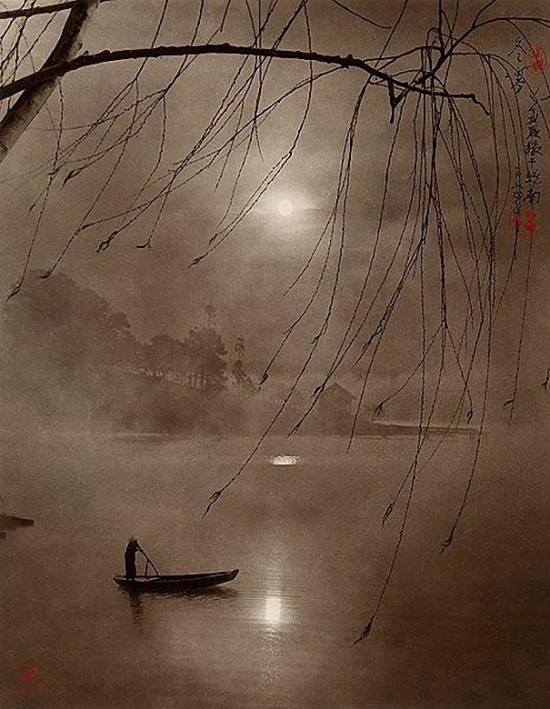At first it was a big lump of dirt. Nothing strange. But when he flashed through him suddenly one eye, then everything changed. Inside the jar .... which centuries ago was been buried a family, between the bones of the dead and the precious objects that accompanied the funeral, this eye seemed to come from another world.
Even more that was similar to the eyes of Tutankhamun. (see the wide eyes and the mask of the Egyptian king)
Golden, in natural size, with the Egyptian blue around him and especially identical to that of the golden funerary mask of the Egyptian king who died in 1323 BC
In the necropolis of Ancient Eleftherna on the slopes of Mount Ida in Crete, the family tomb of 8th-7th century BC hide definitely a different secret.
As reported in the newspaper ,To Vima, in the related article, the discovery was a surprise to archaeologists, having never found something similar in Crete, but a very small, without the characteristic of the Egyptian blue, at Knossos before half century.
The materials, shape of the eye, its construction, leave no doubt as the model was by the artist, "says Prof. Nikos Stampolidis, who conducts archaeological research in the necropolis of Good Stone since 1985. In fact it is a shirt with jewel tip for hanging. However, the granulation in the position of the eyelashes, the eyelids witch are formed with paste of Egyptian blue, make the difference.
The bride of Hades, wearing the eye-jewel?
"Woman wearing this jewelry. And the garment was densely ornate with gold plates from which they came to light in fact suppose to be the youngest of the three, in the same burial, because the single women adorned like a bride when they died, because marrying Hades "adds Mr. Stampolidis.
According to archaeologist in fact, that the golden eye was worn as a shirt, probably means the intrusion of Egyptian beliefs and faiths in society of Eleftherna from the late 8th and early 7th century BC.



